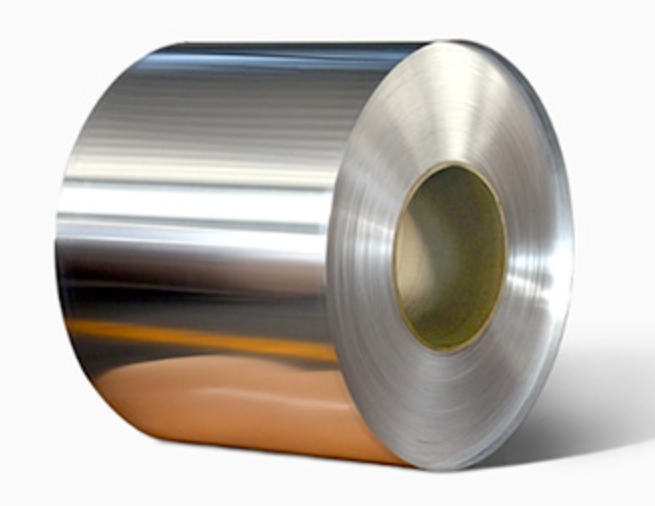Views: 316 Author: Julong Publish Time: 2023-09-25 Origin: aluminum panel systems manufacturer








What on earth is better has been hotly debated in AC, and today I'm going to give you a definitive response. This article will address this issue from the perspective of the consumer. Each contractor's end goal in copper industry discussions is primarily sales-oriented. Buyers concentrate on HVAC installation and repair companies to cover the details. It has become ingrained in people's minds as a result of price competition in the HVAC sector.
Which works better is the main concern for AC owners, both residential and commercial. Which has copper condensing coils or aluminum condensing coils for air conditioning?
Despite the information coming from governmental and educational sources, it seemed to be in some way tainted by manufacturers that economics. All of us want a better heating and cooling solution; the only issue is how to gain market share.
All major brands of heating and cooling equipment were available under several major brands for the majority of American homes. We work with units that have both copper and aluminum condensing coils. Economics may very well be the reason we exist; otherwise, we would cease to exist. Julong Aluminum, however, strives to meet every customer's needs or requirements. The information that follows will assist you in understanding the distinction.
When General Electric was still in the HVAC industry in the 1970s, aluminum condenser coils started to become popular. As condensing units, all AC manufacturers use copper tubes and aluminum fins that have been joined. To reduce production costs, GE introduced coils with aluminum tubes and fins.
Generally speaking, it was a significant industrial change. Only about 20% of residential buildings had air conditioning before 1980. Luxury, air conditioning is only affordable with expensive installation and component costs. Households with central heating and cooling are few. The market then changed. Building activity is booming. Inflation takes over. The home air conditioning market is expanding and becoming a lucrative business due to rising housing prices.
Aluminum coils give GE a competitive edge in the market. Soon after, competing AC manufacturers started producing similar aluminum coil solutions. Aluminum tubes with aluminum fin condensing coils are still a reliable market product even though GE is no longer in the HVAC industry.
Both sides of the street engaged in discussion about this issue. Some arguments have scientific support. Some justifications are the personal preferences of specific dealers. From a scientific perspective, the majority of claims are made that copper has more advantages than aluminum, assuming that all pipe measurements between components are the same.
However, manufacturers of copper-based coil systems have adopted techniques to reduce the thickness of the copper tube wall to cut manufacturing costs and maintain the unit price reduction associated with devices using aluminum tube coils. Therefore, the actual components used during the air conditioning construction phase are related to strength, dependability, and durability.
The US Department of Energy does not provide data on copper or aluminum air conditioning coil leaks. The simple rule is to ask a qualified air conditioning technician to fix the leak, test the fix, and then charge the equipment according to the manufacturer's instructions if your equipment has insufficient refrigerant.
When oxygen comes into contact with the aluminum in the condensing coil and the copper in the condensing device, a leakage known as galvanic action takes place. The issue is typically regarded as unfixable. Qualification: Aluminum-welding equipment is now present in an increasing number of air conditioning repair shops. The method for repairing aluminum coils has evolved and may do so in the future.
Arizona AC contractors had a preference for using copper tubes with finned coils in the early days of aluminum condensing coils. The transition, though, might already be underway. Despite other arguments, the primary consideration when buying an air conditioner is still unit cost.
Due to their greater flexibility, copper coils require more material than aluminum coils—up to three times as much—which raises the cost of production.
All copper pipes commonly experience galvanic corrosion.
Use unqualified coils when shipping new equipment to maintain price parity.
The difficulty of repairing the coil increases with copper thickness.
Aluminum is more prone to damage than copper, which also has better heat transfer and is simpler to clean. Galvanic corrosion is largely eliminated by modern engineering. These devices are still significantly more expensive than AC equipment made with aluminum condensing coils. The property owner questioned the exchange's worth.
It is challenging to prove concerns about leaks and early system failures without the gathered statistical data. Although all aluminum coils are less durable than copper tube coils, manufacturers have found a solution by encasing the equipment in sturdy cabinets. Naturally, this makes cleaning and maintaining the system more challenging. According to the aforementioned reasons, aluminum coils are therefore the more economical option for AC applications.
How Do ACP Panels Compare To Polycarbonate in UV Resistance?
Is Aluminium Composite Panel A Safer Choice Than Regular Aluminium?
Are Aluminium Composite Panels Weatherproof in The UK Climate?
Are Aluminium Composite Panel Trailers Worth The Investment?
Can You Import Aluminium Composite Panel Textures into SketchUp Easily?
How Realistic Are Aluminium Composite Panel Texture Seamless Mockups?
Is Vented Aluminum Honeycomb Suitable for Aerospace Applications?
Can Stone Aluminum Honeycomb Panels Be Customized for Projects?